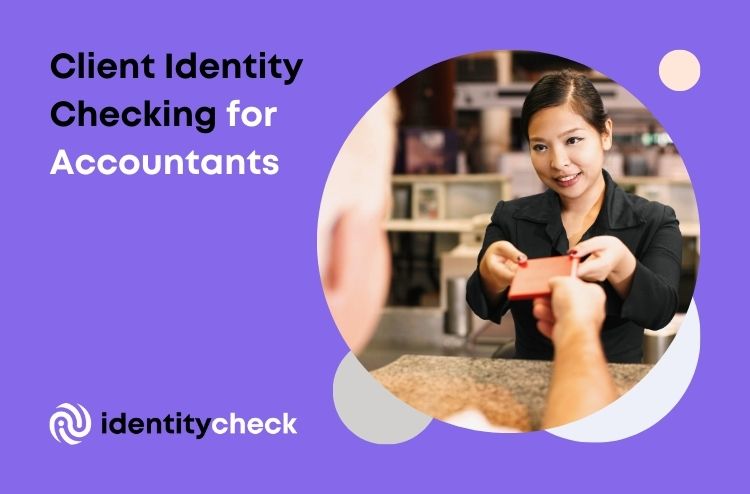Verifying the identity of clients is a crucial step for accountants in ensuring the security of their clients’ information and compliance with tax laws. This process involves confirming that a client is who they say they are, using reliable and independent sources of information.
In this article, we will provide an overview of theguidelines published by the Tax Practitioners Board (TPB) and the Australian Taxation Office (ATO) on strengthening client verification processes for accountants. We will also discuss the importance of verifying client identities and the key steps involved in this process.
Why Is Verifying Client Identities Important for Accountants?
Verifying client identities is an essential step for accountants in protecting their clients’ information and ensuring compliance with tax laws. This process helps to confirm that the person requesting tax agent services is who they claim to be, and it can prevent identity fraud and other security risks.
Additionally, verifying client identities is a requirement of the TPB Code of Professional Conduct, which sets out the standards of conduct and professionalism expected of registered tax agents. By verifying their clients’ identities, accountants can demonstrate their commitment to compliance with the TPB Code and the law.
How to Verify Client Identities: TPB and ATO Guidelines
The TPB and ATO have published guidelines for accountants on strengthening client verification processes. These guidelines provide recommendations on how to verify a client’s identity, including the use of identification documents, electronic verification methods, and third-party information.
One key aspect of these guidelines is the requirement for accountants to obtain proof of identity from clients before providing tax agent services. This proof can be in the form of a driver’s license, passport, or other government-issued identification document. The document must be current and include the client’s name, photograph, and signature.
In addition to obtaining proof of identity, the TPB and ATO also recommend using electronic verification methods where possible. These methods, such as the use of a video call to confirm a client’s identity, can provide additional assurance that the client is who they claim to be.
Challenges in Client Identity Verification
Although the ATO and TPB guidelines are relatively clear, they can create a number of complications for accountants.
These include:
- The creation of extensive manual processes.
- Introducing friction/work for the client.
- Where to securely store collected identity documents.
- Introduction of data breach risks.
- Implementation of additional systems that don’t integrate with core platforms and require double entry.
- How to verify individuals against unfamiliar foreign forms of an identity document.
Overall, the cost to an accounting business can easily get out of control and create much frustration for clients and staff alike. The tendency will be to cut corners or implement fragile processes that don’t stand up to guidelines.
Automating identity verification for accountants
Fortunately, solutions exist that are frictionless and cost-effective. Solutions like IdentityCheck can be enabled from within most modern SaaS tools you already use.
Benefits of this approach:
- Simple – single source of truth
- Frictionless – no data entry required for clients
- Secure – storage of identity documents
- Inexpensive – pay-as-you-go pricing
- Quick – install in under 5 minutes
SaaS tools you might integrate identity verification with might be Xero, Xero Practice Manager, MYOB, QuickBooks, or perhaps your ERP or CRM platform.
Conclusion
Overall, verifying client identities is an essential step for accountants in protecting their clients’ information and ensuring compliance with tax laws. The TPB and ATO’s guidelines provide valuable guidance on how to effectively and securely verify client identities, and accountants are encouraged to follow these guidelines to safeguard their clients and their practice.
Implementing a process that effortlessly and cost-effectively meets the guidelines is possible with tools like IdentityCheck. Try for yourself here.











